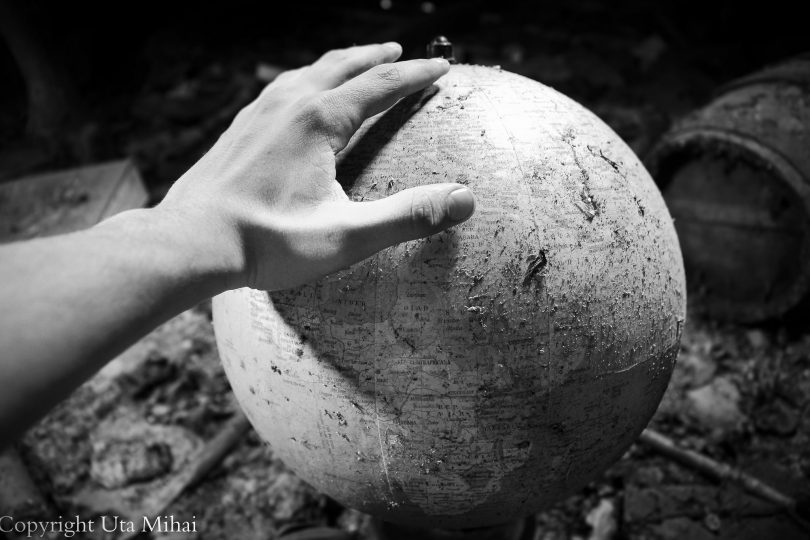According to legend, Robin Hood had a famous methodology of taking from the rich and giving to the poor, all in order to help those in need.
In today’s day and age, giving aid to those in economic hardship doesn’t evolve elaborate heists with a band of merry men.
Countless charities afford citizens all over the globe the opportunity to contribute to the betterment of humanity, both within their own countries and abroad.
While it is expected countries with greater economies would contribute the greatest share of money and ultimately be the most generous, the Charities Aid Foundation’s (CAF) World Giving Index 2017 report indicates otherwise.
Although seven of the top ten countries deemed by CAF to be the most charitable are classed as developed and deemed by the World Bank to be of a “high income” (greater than $12,055 USD per annum), not one charts in the top-three.
Myanmar, Indonesia and Kenya instead lead the world for altruism according to the CAF index, with all three developing nations undermining the association of generosity and wealth.
Source: https://www.cafonline.org/about-us/publications/2017-publications/caf-world-giving-index-2017
The nation of Myanmar has proven its philanthropy by topping the CAF index for the fourth consecutive year, despite a five per cent decrease in its overall score (65).
Its generosity stems primarily from the Theravada Buddhist practices, with 80 to 90 per cent of the population of such faith.
Donating money to support those of a monastic lifestyle bears substantial religious weight, with the act of giving money commonplace throughout Myanmar.
Indonesia, another Buddhist nation, has replaced the United States of America in second position – which in turn has dropped to fifth position – while Kenya’s willingness to help others has catapulted them into third place.
The leading developed nations in Australia and the United States of America, however, have seen declines in their general giving behaviours from 2016-17.
These three aspects – helping strangers, donating money to charities and volunteering time – have all dropped or plateaued among the two nations, while for the leading three, all have seen growth or stability.
Source: https://www.cafonline.org/about-us/publications/2017-publications/caf-world-giving-index-2017
Although Myanmar, Kenya and Indonesia all top the world for their generosity, their levels of happiness – as gauged by the World Happiness Report (WHR) – sit below the global average (6.5) and have lower middle incomes as per the World Bank ($996-3895 USD).
Australia, the United States of America and Norway, the latter of which was ranked as the happiest country in the world, are all of high incomes and register more than seven on the WHR index.
In the same vein, the lowest three countries – Central African Republic, Rwanda and Togo – are well below the happiness index and save for the latter, are of low income (less than $995 USD).
Source: http://worldhappiness.report/ed/2018/
More wealth generally equates to more happiness.
Yet happiness does not necessarily indicate generosity.





